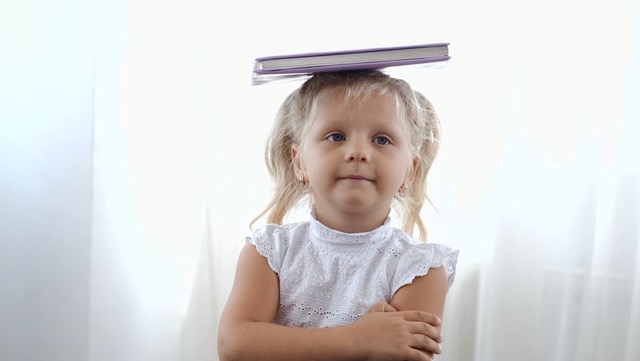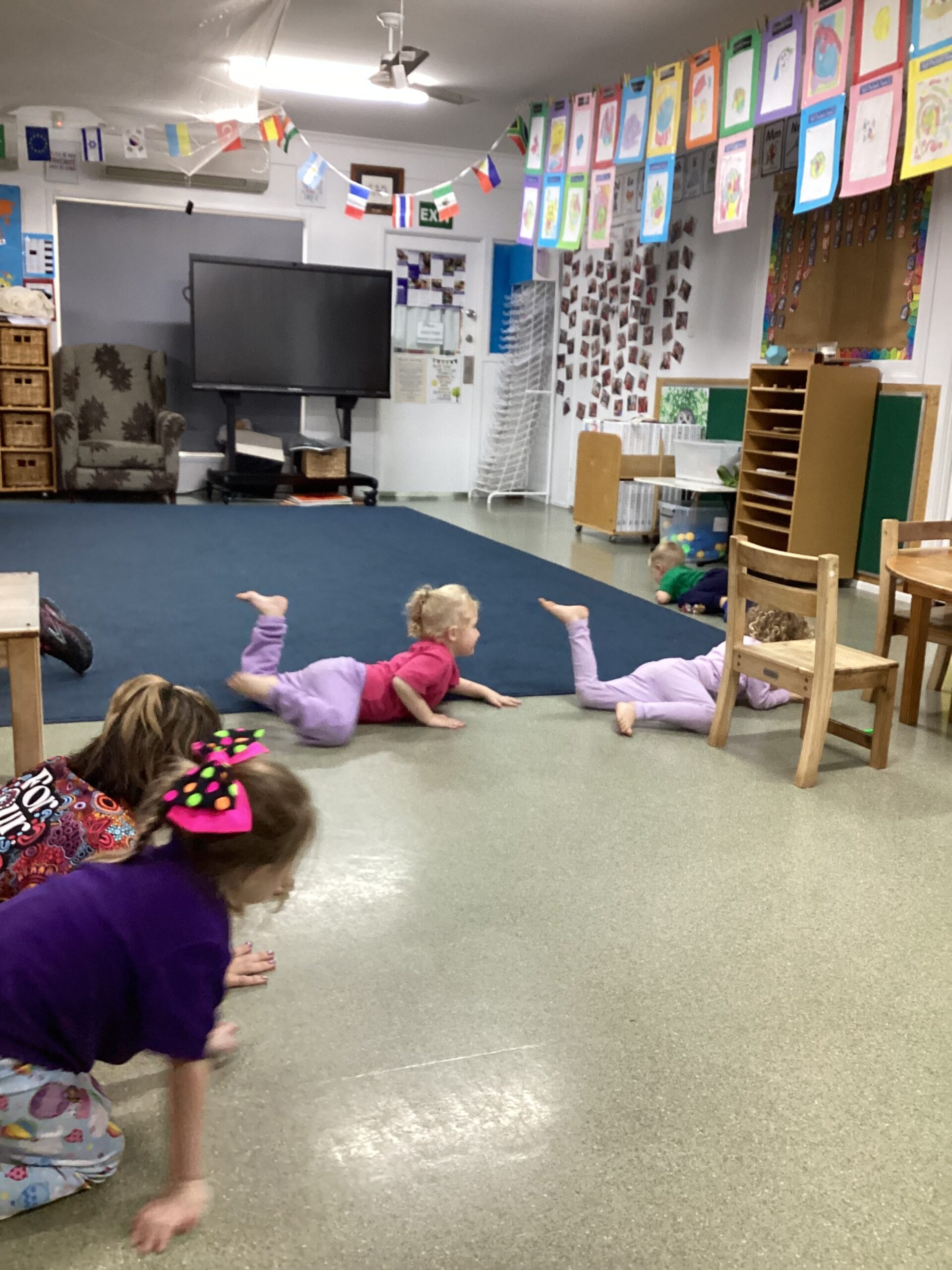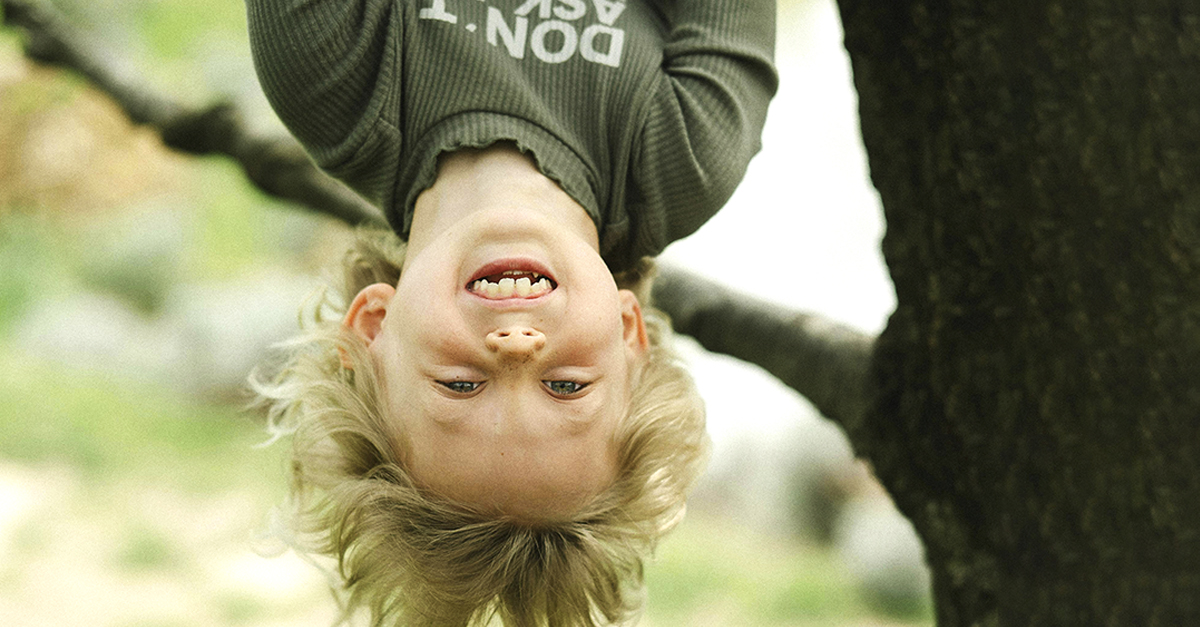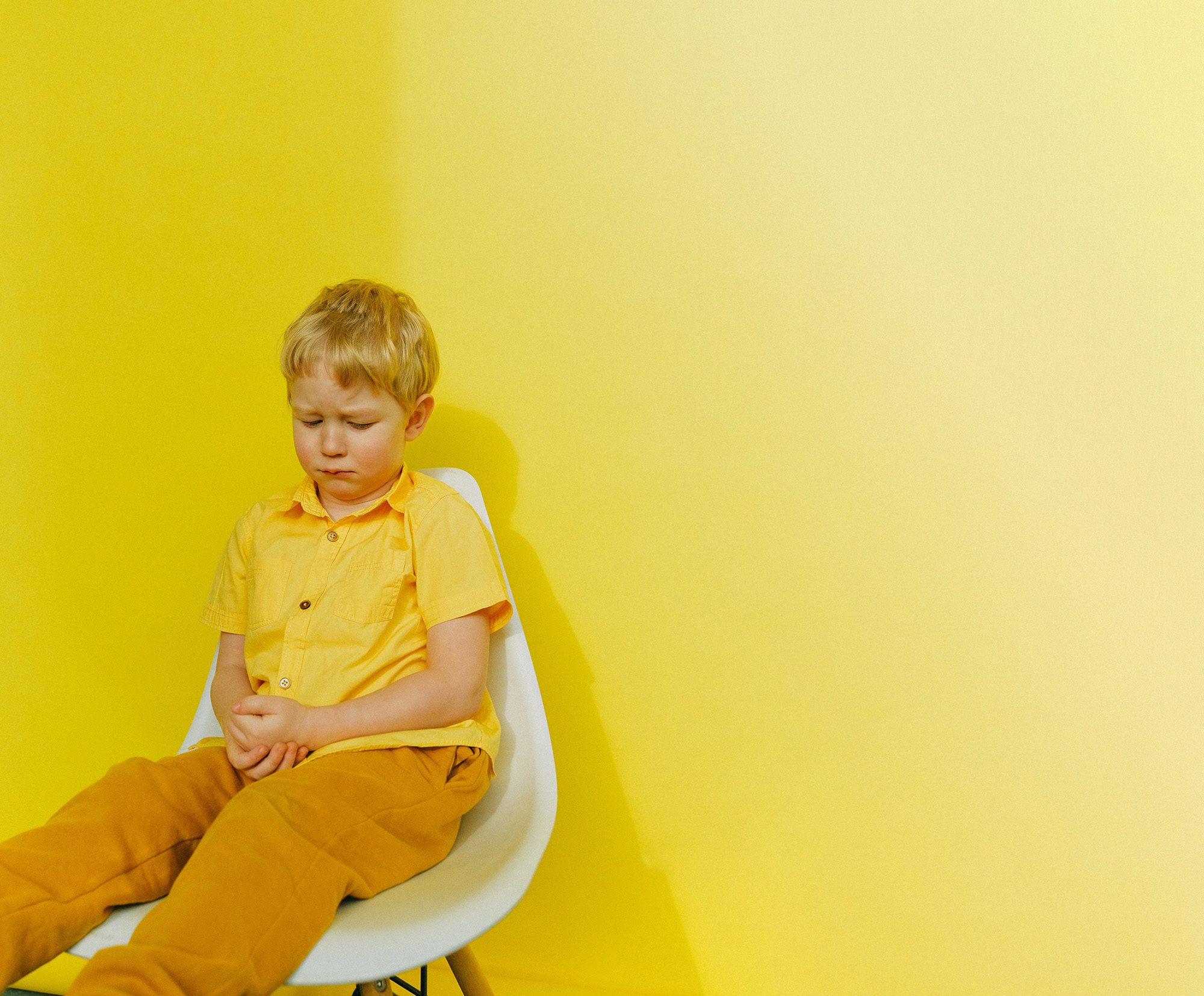Learning Connections Approach
The brain is the centre of all learning. We now know that the brain is ever changing and that depending on what we do over the course of our lives, healthy brains can be improved. Specific repetitive activities, experiences and mental exercises can assist the brain to reorganise its map.
Because our brain maps change, those with learning difficulties, developmental delays, attention disorders and behaviour problems can be helped to form new maps and neuronal connections, by getting their healthy connections to fire together and rewire to give off clearer and more powerful signals. Research shows that as a result of training, neurons that fire faster give off clearer signals that have a greater impact on the brain.
Learning Connections programs assist the brain to fire better signals and to reorganise what was previously disorganised. When this happens, learning programs become more effective.
The brain does not learn by itself, the body learns too.
For most children, sensory motor integration and controlled motor ability develop in the course of ordinary childhood activities. For some children this does not happen effectively resulting in gaps and irregularities in their development which can lead to gaps and irregularities in their learning.
Retained primitive reflexes and sensory processing disorders almost always contribute to children’s learning, attention and behavioural problems. Immaturities in sensory processing can affect the child’s interpretation of the world.
There is long term anecdotal evidence and clinical research demonstrating that a contributing factor to many learning difficulties in children is immaturities in sensory motor integration as well as atypical persistence of primary reflexes. This research provides evidence of a link between reading difficulties and control of movement in children, highlighting how the educational functioning of children may be linked to interference from the early neuro developmental system.1
Retained primitive reflexes can create immaturities in the areas of balance, motor coordination, gross and fine motor skills, crossing the midline of the body and auditory processing. It should be noted however that the integration of primitive reflexes does not always automatically improve sensory processing and learning. All children benefit from sensory integration activities especially vestibular work and most importantly specific learning strategies including sequencing and visualisation activities (a component of most children’s learning difficulties) to ensure their success in school.
Nutritional and biochemical factors, including food sensitivities, allergies and reactions to artificial additives in foods can complicate the problems of the child whose sensory and reflex systems are immature, or who, for example, may have presented only with a visually related learning difficulty. Deficits, especially in visual function, listening and auditory processing, impede the learning process.
A large number of children who attend our centre have already had treatment for symptoms of their learning difficulty through one or more professionals. Usually these issues are investigated in isolation by an expert in each field.
Teachers, occupational therapists, optometrists and speech therapists all work in separate areas and may never know that they are seeing the same child – one whose main problem may be poor sensory integration, atypical persistence of primitive reflexes, biochemical and nutritional problems, poor visualisation, working memory or sequencing skills. A compartmentalised approach does not address the total developmental needs of the child.
None of our senses develop or operate in isolation. Each one is reinforced, modified and influenced through the others. If there is a problem in one of the sensory systems, other sensory systems may also be affected. For example, if there is immaturity in the auditory system as evidenced by failure to listen, follow directions, immature speech etc., there will likely be some delays in maturity of the visual processing skills.
Child development is ordered and sequential and passes through predictable stages. Treatment of developmental differences should follow this sequential path.
1. Lancet; 355:537-541













